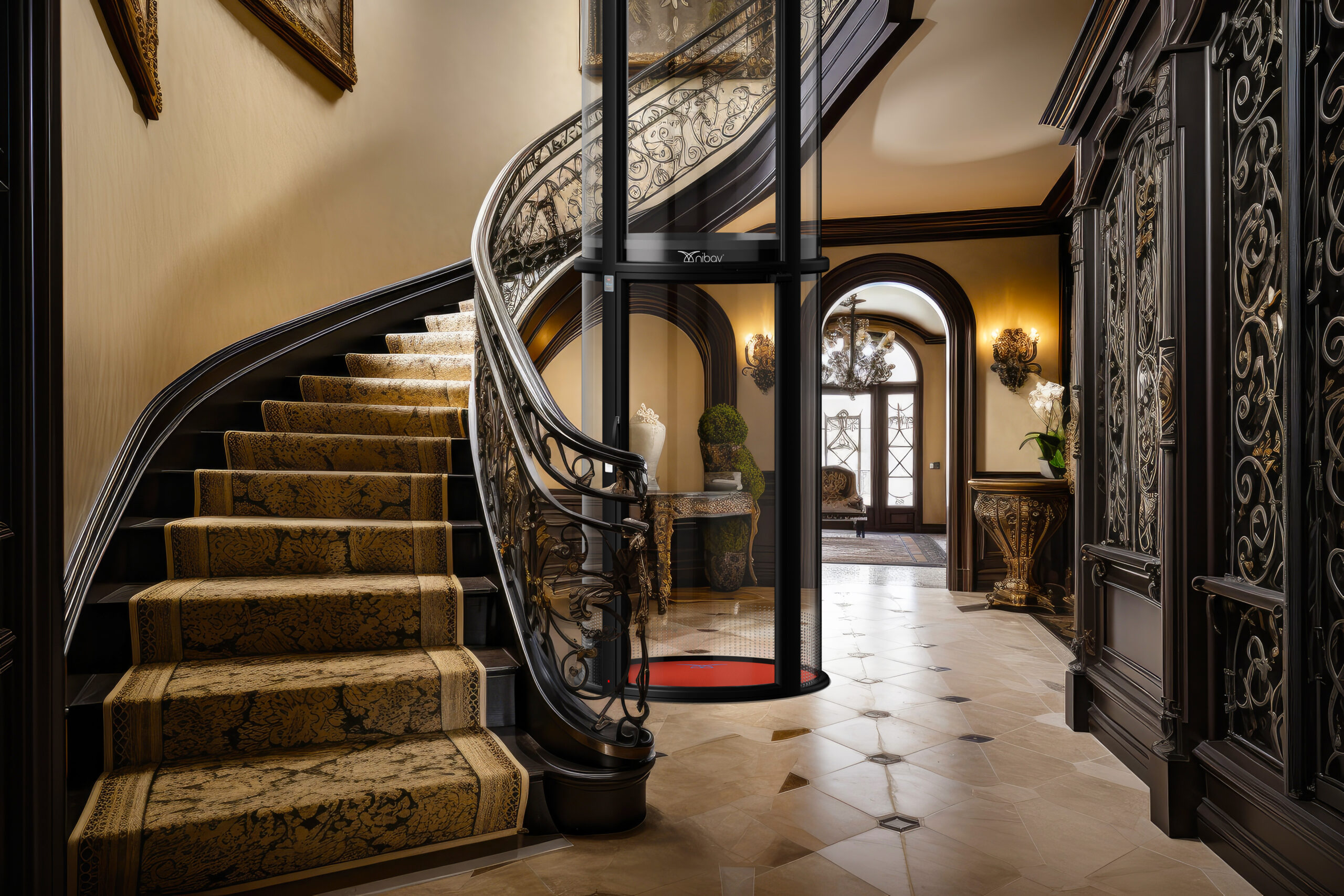As home elevators gain popularity in Vancouver, many homeowners face a key decision: choosing between house lifts and hydraulic lifts. Each type of lift has its unique features, advantages, and installation requirements. Understanding these differences is essential to selecting the right elevator for your home. In this guide, we’ll explore the distinctions between house lifts and hydraulic lifts, their pros and cons, and which type might be the better fit for Vancouver homes.
What Are House Lifts?
House lifts, also known as pneumatic or air-driven lifts, are compact and innovative elevators designed for residential use. They use air pressure to move the lift cabin up and down, requiring minimal structural modifications during installation.
Key Features of House Lifts
- Self-Supported Design: These lifts don’t require a shaft, pit, or machine room, making them ideal for retrofits and homes with limited space.
- Energy Efficiency: House lifts consume minimal electricity and use no power during descent.
- Modern Aesthetics: Often featuring panoramic glass and customizable finishes, house lifts add a touch of sophistication to any home.
What Are Hydraulic Lifts?
Hydraulic lifts operate using a system of pistons and fluid pressure to move the cabin. These lifts are often used in commercial spaces but have become popular for larger residential properties in Vancouver.
Key Features of Hydraulic Lifts
- High Load Capacity: Hydraulic lifts can carry heavier loads, making them suitable for larger households or individuals requiring wheelchair access.
- Smooth Operation: Their piston-driven mechanism ensures a smooth and quiet ride.
- Extensive Customization: Hydraulic lifts can be customized to fit specific design and size requirements.
Comparing House Lifts and Hydraulic Lifts
1. Space Requirements
- House Lifts: Compact and self-contained, house lifts require no pit, shaft, or machine room. They’re perfect for Vancouver’s modern condos or heritage homes with limited space.
- Hydraulic Lifts: These lifts typically need a pit, a machine room, and more structural support, which might not be feasible for smaller homes or retrofitting projects.
2. Energy Consumption
- House Lifts: Highly energy-efficient, consuming less power than a household appliance and none during descent.
- Hydraulic Lifts: Hydraulic lifts require more energy, especially during ascent, and their oil-based systems may demand regular maintenance.
3. Installation and Maintenance
- House Lifts: Installation is quick and minimally invasive, often completed within 24–48 hours. Maintenance is simple, with fewer mechanical parts and no need for oil.
- Hydraulic Lifts: Installation is more complex, involving significant construction and a longer timeline. Maintenance can also be costly due to oil changes and mechanical upkeep.
4. Aesthetic Appeal
- House Lifts: With features like 360° panoramic glass views and sleek designs, house lifts enhance the visual appeal of any home.
- Hydraulic Lifts: These can be customized to match home interiors, but their larger size and additional structural requirements might limit design options.
5. Noise Levels
- House Lifts: These lifts are relatively quiet, making them ideal for residential use where noise is a concern.
- Hydraulic Lifts: While smooth, hydraulic systems may generate more noise, particularly during operation.
Which Is Right for Vancouver Homes?
Opt for House Lifts If:
- You have limited space or prefer a minimally invasive installation.
- You want an energy-efficient, eco-friendly solution.
- A modern, compact design is important for your home’s aesthetic.
- You live in a smaller home or are retrofitting an existing space.
Choose Hydraulic Lifts If:
- You require a lift with a high weight capacity, such as for transporting wheelchairs or heavy loads.
- You’re building a new home and can accommodate the necessary structural requirements.
- You prioritize durability and extensive customization options.
The Vancouver Perspective: Why House Lifts Shine
Vancouver’s unique housing landscape—ranging from modern downtown condos to older homes in areas like Kitsilano or Dunbar—makes house lifts particularly appealing. Their compact size, low energy use, and minimal installation requirements align with the city’s focus on sustainable and space-efficient living.
Additionally, modern house lifts are an excellent fit for Vancouver’s aging population, offering a safe and stylish way to age in place without costly renovations.
Key Considerations for Buyers
1. Budget
House lifts are often more affordable upfront and over time due to lower installation and maintenance costs. Hydraulic lifts, while pricier, may be necessary for homes with specific accessibility needs.
2. Long-Term Use
Think about how the elevator will be used over time. For families or seniors seeking an easy-to-maintain, eco-friendly option, house lifts are the ideal choice.
3. Environmental Impact
For environmentally conscious Vancouverites, house lifts’ low power consumption and lack of oil-based systems make them the greener choice.
Conclusion: Make the Right Choice for Your Home
Choosing between a house lift and a hydraulic lift depends on your home’s layout, budget, and specific needs. For most Vancouver homes, house lifts provide a stylish, space-efficient, and environmentally friendly solution. Hydraulic lifts, on the other hand, are ideal for homes requiring greater capacity and customization.

